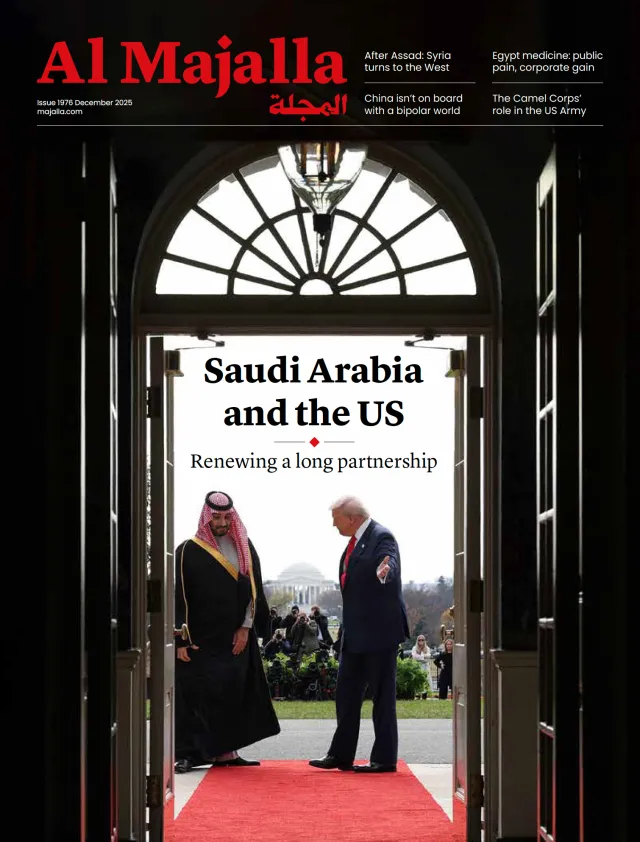The recent phone call between US President Donald Trump and Chinese President Xi Jinping wasn't just about TikTok; it was about the unfolding rivalry between great powers. Today, wars are no longer being waged solely through military warfare, but also through algorithms, data, and the battle for public opinion.
In the 1960s, the world held its breath during the Cuban Missile Crisis. Nuclear confrontation loomed as American and Soviet ships advanced toward the Caribbean Sea. Luckily, a compromise was reached and a direct “hotline” was established between the White House and the Kremlin. The telephone served not only as an instrument of resolution but also as a safeguard against catastrophic miscalculation.
A quarter-century later, Reagan and Gorbachev sat across the table. The SALT and START treaties followed—efforts to limit arsenals and temper the arms race. And while these agreements didn't end the Cold War, they made it more manageable. At the time, dialogue was a crucial tool to avert nuclear war, and, to this end, leaders were in frequent contact.
Different landscape
Today, the battlefield landscape is much different. While the spectre of nuclear warfare still looms, another menace also lurks: a small algorithm capable of reaching millions of screens. It sits in smartphones held in people's pockets and palms.
Against this backdrop, TikTok shouldn't be viewed as just a frivolous pastime, but as an instrument of influence, a conduit of power, and a reservoir of data. America's elite political class view it as a national security threat, fearing China could exploit it for surveillance or election interference. But Beijing sees it as a symbol of Chinese ascendance: living proof that it can compete with the crème de la crème of Silicon Valley.




